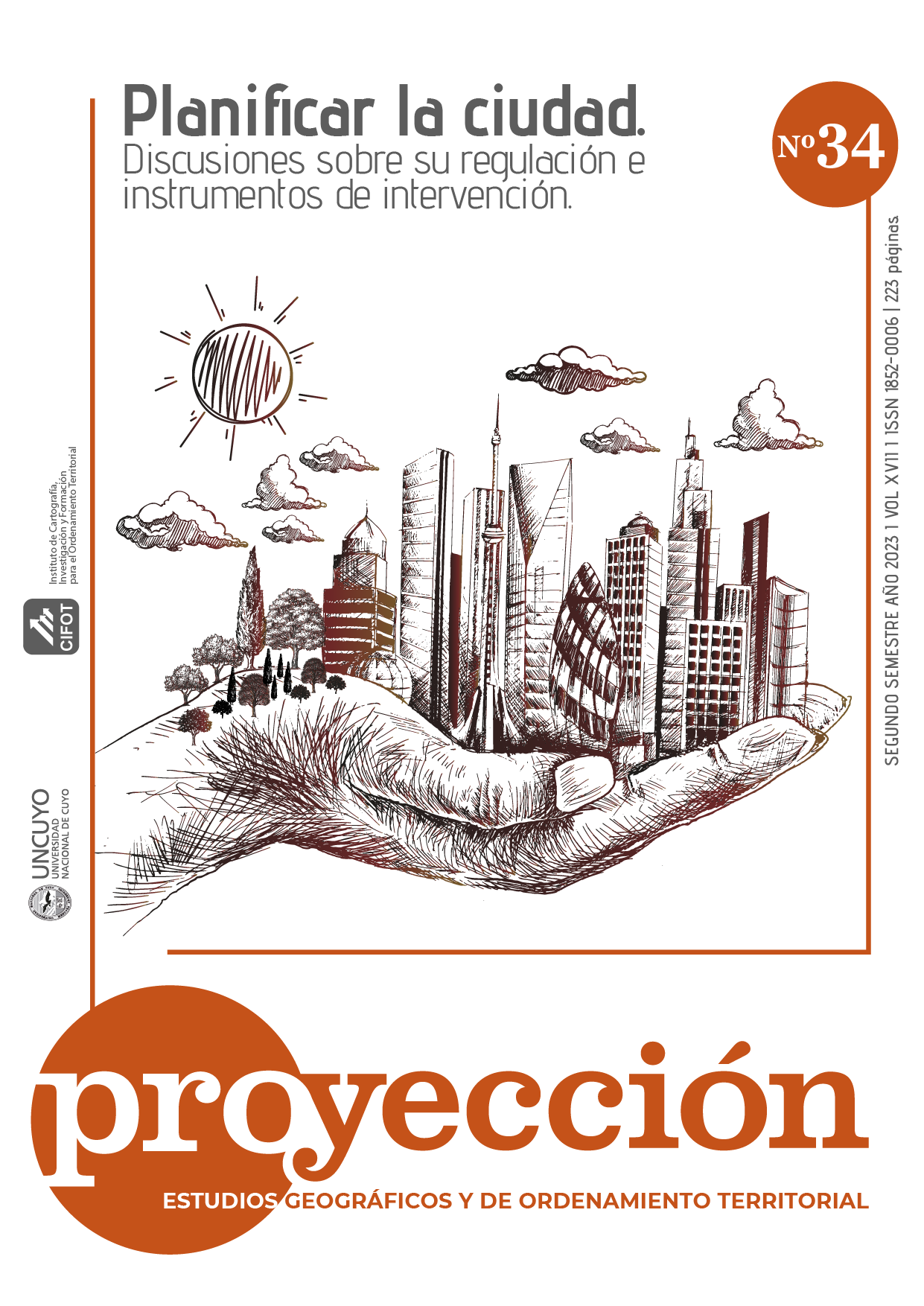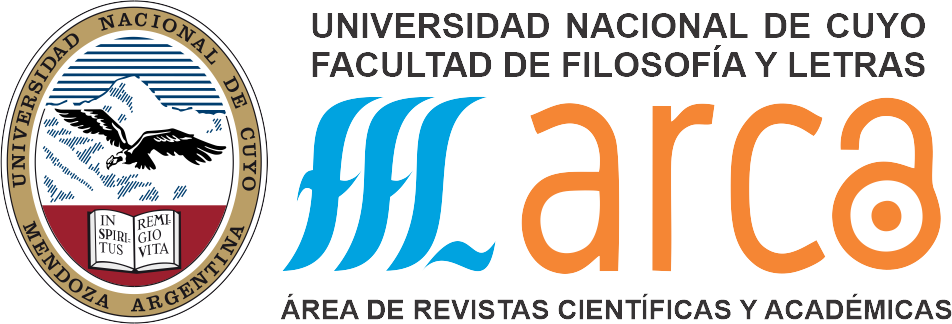Cycle routes, web map and geolocation. An applied study in São Luiz Do Purunã, Balsa Nova, Paraná, Brasil
DOI:
https://doi.org/10.48162/rev.55.048Keywords:
Mobility, Cartography, Geographic Information Systems, Sustainable DevelopmentAbstract
Cycling tourism is a form of cycling that combines with ecotourism, adventure tourism, and rural tourism. It focuses on travel and cycling on back roads or in urban environments. The state of Paraná developed laws defining and creating cycle tourism circuits. One of the characteristics of this modality is the planning of routes; it is necessary to have data that contextualizes the tourist cycle. With the computerization of data, a route is no longer designate to be just on a map but in an interactive environment, such as on a mobile device. Interactive maps increase user interaction with georeferenced data in addition to facilitating access to information on these platforms. The objective of the work is to create routes in addition to classifying the existing ones in São Luiz do Purunã and region with the ABNT 15509-2 standard. And offer subsidies to publish an interactive map on the QgisCloud platform. In the program, it will be possible to consult points of interest in the region, in addition to checking the difficulties of the route and the distance to be covered. It will be possible to download the routes to be used on a cell phone or even on a smartwatch.
References
(2019). Fonte: CICLORROTAS NASCENTES DO IGUAÇU: https://www.google.com/maps/d/viewer?mid=17FjAVbzCwxA4OlFoNivMJYqp4nEF4rgI&hl=en_US&ll=-25.463756675593995%2C-49.050207997122776&z=13
Associação Brasileira de Normas Técnicas. (2007). NBR 15509-1: Cicloturismo Parte 1: Requisitos Para Produto. Rio de Janeiro.
Associação Brasileira de Normas Técnicas. (2007). NBR 15509-2: Cicloturismo Parte 2: Classificação de Percursos. Rio de Janeiro.
Baptista, L., & Cochinski, V. (5 de 12 de 2015). CICLOTURISMO: UM OLHAR SOBRE OS PARTICIPANTES DA ROTA DE ITAPARÁ, IRATI –PR. Fórum Internacional de Turismo do Iguassu, p. 17.
Blondiau, T., & Zeebroeck, B. v. (2014). CYCLING WORKS Jobs and Job Creation in the Cycling Economy. Belgica: European Cyclists Federation.
Carvalho, T. J., Ramos, J. L., & Sydow, E. (2013). O cicloturismo como fator de desenvolvimento da atividade turística nas cidades de Araguaína e Nova Olinda – Tocantins. Revista Brasileira de Ecoturismo.
Castro, P., Ribeiro, J., & Brito, E. P. (12 de Novembro de 2012). Publicação de informação geográfica na web: um configurador assente em software de código aberto. Mestrado em Tecnologia e Gestão de Sistemas de Informação na Escola Superior de Tecnologia e Gestão do Instituto Politécnico de Viana do Castelo. Viana do Castelo, Portugal.
Cavallari, G. (2012). MANUAL DE MOUNTAIN BIKE & CICLOTURISMO. São Paulo: Kalapo.
Garcia, E. B. (2001). Manual de Dicas Para Cicloturistas de Primeira - Viagem. Fonte:
Clube do Cicloturismo: http://clubedecicloturismo.com.br/manual-1/352-manual-de-dicas-para-cicloturistas-de-primeira-viagem
Lamont, M. (Dezembro de 2009). INDEPENDENT BICYCLE TOURISM: A WHOLE TOURISM SYSTEMS PERSPECTIVE. Tourism Analysis, pp. 605-620.
LEMAITRE, C. (2022). Methodological guide for the segmentation of cycle routes. Aústria.
MENDONÇA, J. B. (Setembro de 2017). ESCOLA SUPERIOR DE CONSERVAÇÃO AMBIENTAL E SUSTENTABILIDADEDESAFIOS, OPORTUNIDADES E RECOMENDAÇÕES PARA O FOMENTO AO CICLOTURISMO NAS COSTAS DO CACAU E DESCOBRIMENTO-SUL DA BAHIA. URUÇUCA, Bahia, Brasil.
Moreira, J. C., & Monteiro, B. (2019). APA da Escarpa Devoniana e o Turismo: Diagnóstico e Análise SWOT. Conference: XXVIII Encontro Anual de Iniciação Científica.
Nair F. B. Mochiutti, G. B. (14 de 01 de 2018). Communication for conservation - a case study of the movement in favor of the devonian escarpment environmental. pp. 455-462.
Paraná. (2004). Zoneamento Ecológico Econômico: Plano de Manejo e Regulamentação Legal da Área de Proteção Ambiental da Escarpa Devoniana. Curitiba, Paraná, Brasil.
Paraná. (14 de 10 de 2020). Lei nº 20354. Institui a Lei do Cicloturismo. Curitiba, Paraná, Brasil: Alep.
Rinner, C. (2003). Web-Based Spatial Decision Support: Status and Research Directions. Journal of Geographic Information and Decision Analysis, 7(1), 14-31.
Roldan, T. R. (2000). Cicloturismo: planejamento e treinamento. Campinas.
Silva, A. B., & Silva, J. P. (s.d.). A Bicicleta como Modo de Transporte Sustentável. Coimbra, Portugal. Fonte: https://www.researchgate.net/profile/Joao-Silva-41/publication/228593836_A_bicicleta_como_modo_de_transporte_sustentavel/links/56f2fb6008ae81582beba802/A-bicicleta-como-modo-de-transporte-sustentavel.pdf
Soares, A. G. (2010). Circuitos de Cicloturismo: manual de incentivo e orientação para municípios brasileiros. Florianópolis, Santa Catarina, Brasil.
Zheng, K., & Rahim, S. (2000). Web GIS: Implementation issues. Chin. Geograph.Sc. 10, 74–79.
Downloads
Published
How to Cite
Issue
Section
License
Copyright (c) 2023 Utaro Borges

This work is licensed under a Creative Commons Attribution-NonCommercial-ShareAlike 3.0 Unported License.
La revista Proyección establece las siguientes condiciones de publicación para los/as autores/as:
- Los/as autores/as conservan los derechos de autor y ceden a la revista el derecho de publicación bajo la Licencia Creative Commons Atribución-No Comercial-CompartirIgual 3.0 No portada (CC BY-NC-SA 3.0) que permite a terceros copiar, distribuir, exhibir y ejecutar la obra citando siempre la fuente y los datos de autoría según la norma prevista por la Revista Proyección. Esta licencia no permite el uso de la obra con fines comerciales.
- Todos los trabajos publicados por Proyección, Estudios Geográficos y de Ordenamiento Territorial serán bajo la modalidad de gratuidad para autores/as y lectores/as.










